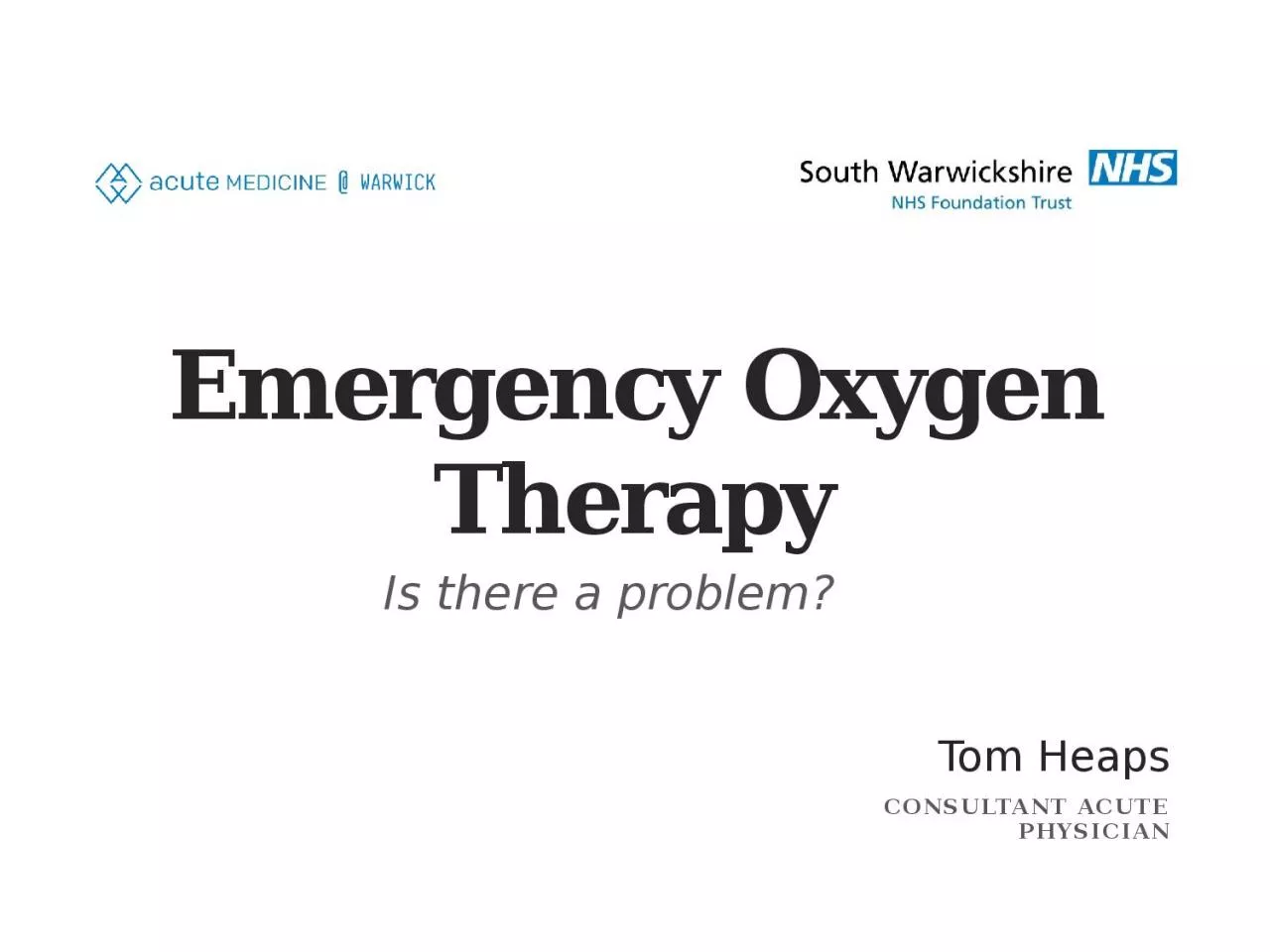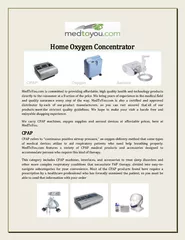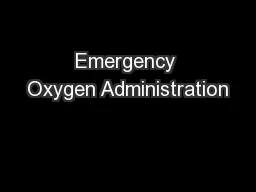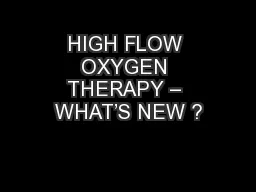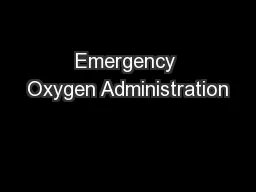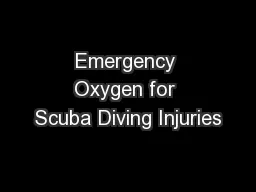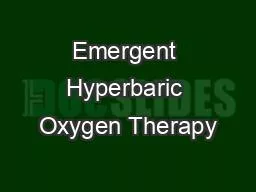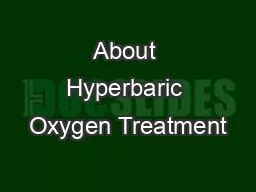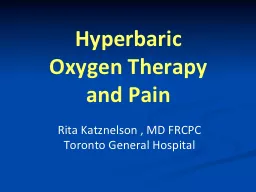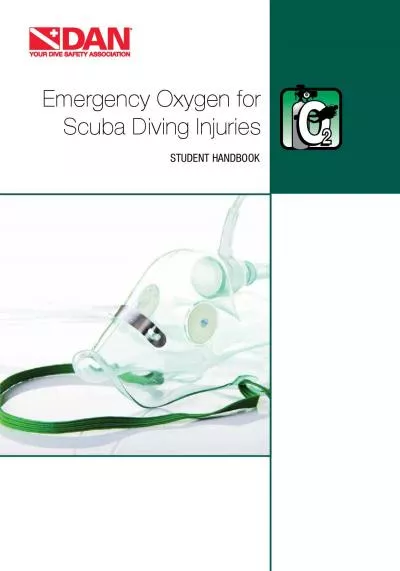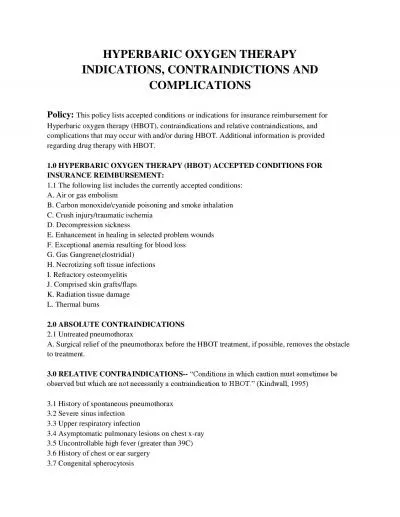PPT-Emergency Oxygen Therapy
Author : topslugger | Published Date : 2022-07-28
Is there a problem Clinical Case No 1 79yearold female diabetic morbidly obese Admitted with LVF Overnight Reduced GCS cause 15L oxygen via nonrebreathe in
Presentation Embed Code
Download Presentation
Download Presentation The PPT/PDF document "Emergency Oxygen Therapy" is the property of its rightful owner. Permission is granted to download and print the materials on this website for personal, non-commercial use only, and to display it on your personal computer provided you do not modify the materials and that you retain all copyright notices contained in the materials. By downloading content from our website, you accept the terms of this agreement.
Emergency Oxygen Therapy: Transcript
Download Rules Of Document
"Emergency Oxygen Therapy"The content belongs to its owner. You may download and print it for personal use, without modification, and keep all copyright notices. By downloading, you agree to these terms.
Related Documents

